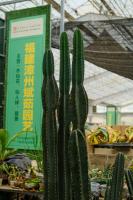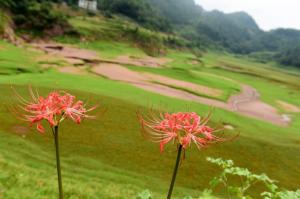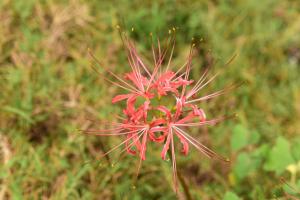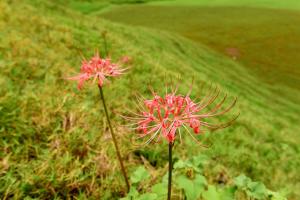Temperature
Many members of Lycoris family like warm climate, so Guting flower, Manjusri orchid, spider lily, Zijiao flower, scallion orchid, leek orchid and fireball flower belong to this kind, which is suitable for flat cultivation. The suitable temperature for the growth of Lycoris aurea and Clivia is between 15 and 25 degrees Celsius, which is more suitable for planting in the north. Clivia should avoid too hot and humid environment in summer. Narcissus like to be cold and cool, and can only be planted in winter and spring; Vertical tube flower and kangaroo foot should be planted at medium and high altitude
Sunshine
Most bulbous flowers of Lycoris like to grow in sunny environment. They are suitable for full-time or semi sunshine environment. Insufficient light will cause poor flowering. Chinese Narcissus kept in water still need more than two or three hours of sunshine every day, otherwise they will fall down for a long time. Clivia likes a cool environment and should avoid direct sunlight in summer. It is better to have sunshine between 50% and 70%
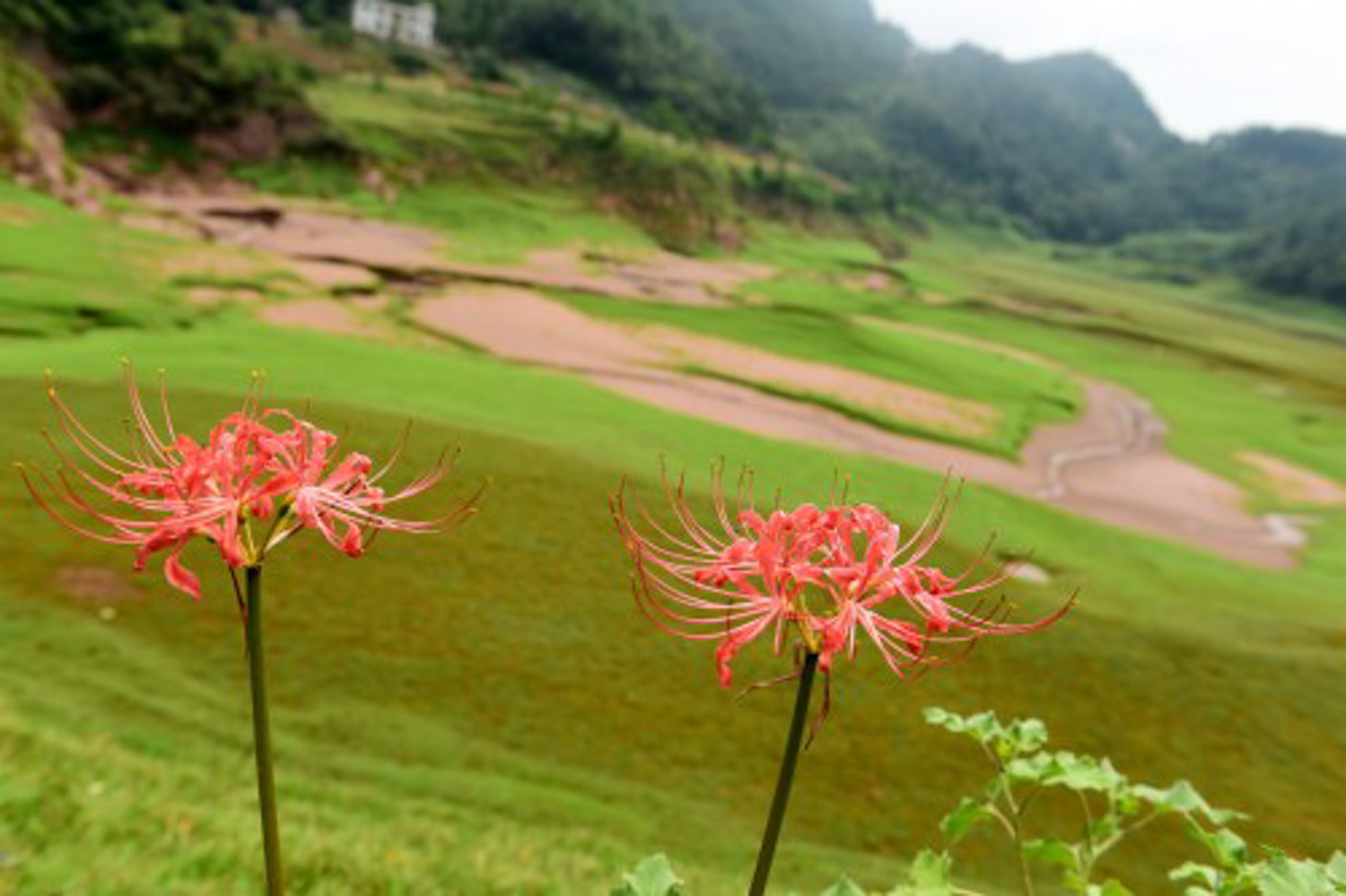
Soil
Generally speaking, Lycoris chinensis is not picky about the soil. The original soil of many bulb flowers is very dry and hard, but they still bloom brightly. However, if you can provide organic rich loam or sandy loam, it will grow more beautiful. In addition to water loving species such as Manjusri and spider lily, the soil drainage of general planting should be good, otherwise the bulb is easy to rot. The growth season of fertilizer bulb flowers is long. Sufficient organic fertilizer should be buried before planting, and then topdressing should be applied every two months. Self made rotten compost or three factor fertilizer can be used, and the proportion of phosphorus and potassium fertilizer should be emphasized to promote bulb development and flowering
Moisture
Their bulbs should be sufficiently watered when they grow in the dry ground, but their bulbs can be fully supplied with water when they are dry. When the leaves of Lycoris aurea and fireball flower wither gradually, the watering should be reduced slowly. Once they enter the dormancy period, they can't be watered or fertilized again
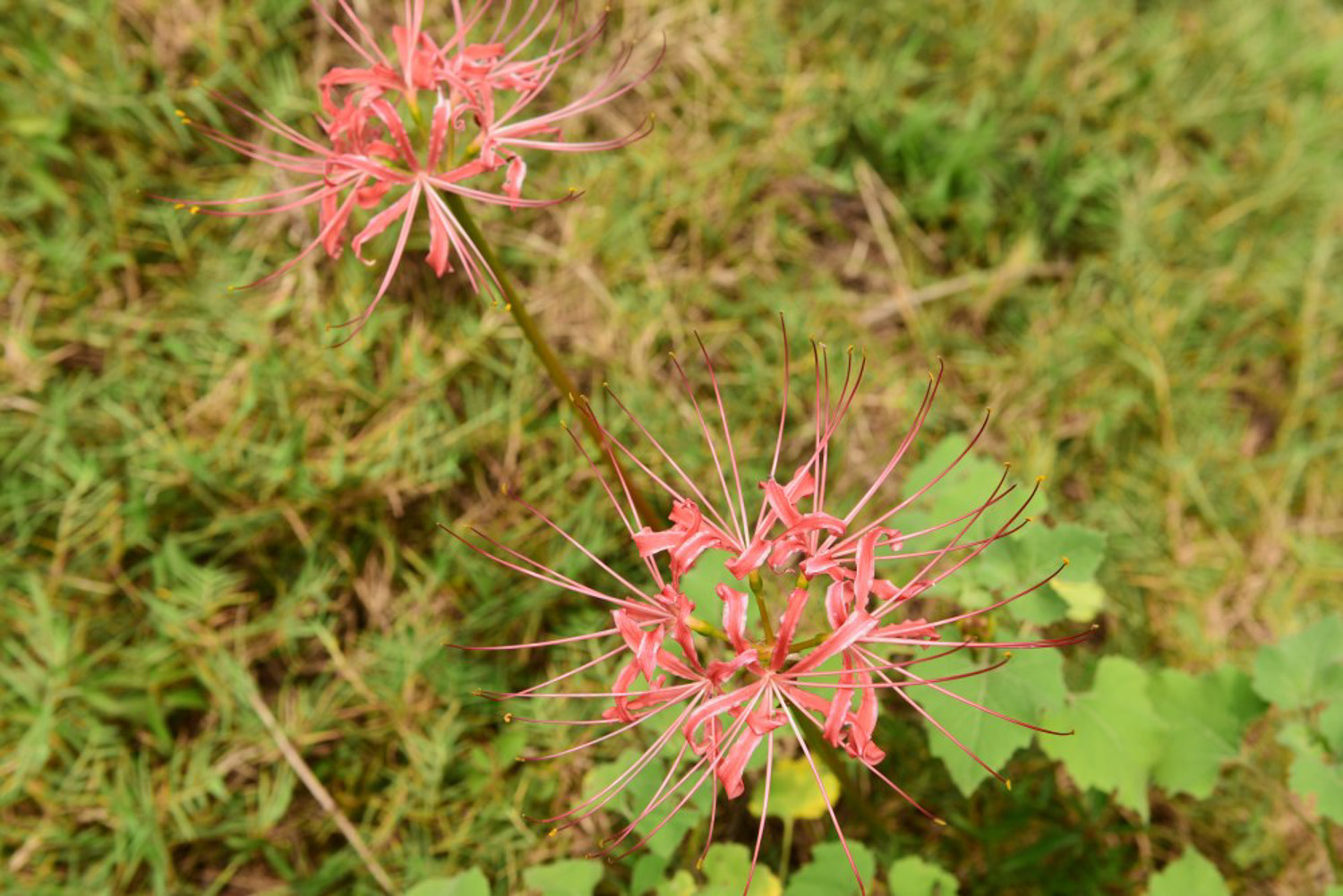
Cultivation time
The suitable cultivation time in Shanghai is from May to November, which can be combined with flowering control. It is forbidden to transplant in winter or early spring after growing leaves. Cold areas should be planted in spring. Most varieties like warm climate. The maximum temperature is no more than 30 ℃, and the average temperature in ten days is 24 ℃, which is suitable for the growth of Lycoris. The daily average temperature in winter is above 8 ℃ and the minimum temperature is 1 ℃, which does not affect the growth of Lycoris
Cultivation environment
The planting depth should not be too deep, and it is better to just bury the bulb top into the soil surface. It is required that the acid sandy soil with good drainage or loose culture soil shall be applied with appropriate base fertilizer during planting, and then irrigated with water after cultivation. During the vegetative growth period, water should be often used to keep the soil moist, but water should not be accumulated to prevent bulb rot. An appropriate amount of water must be supplied from 20 days before flowering to flowering period to achieve neat and consistent flowering and prolong flowering period
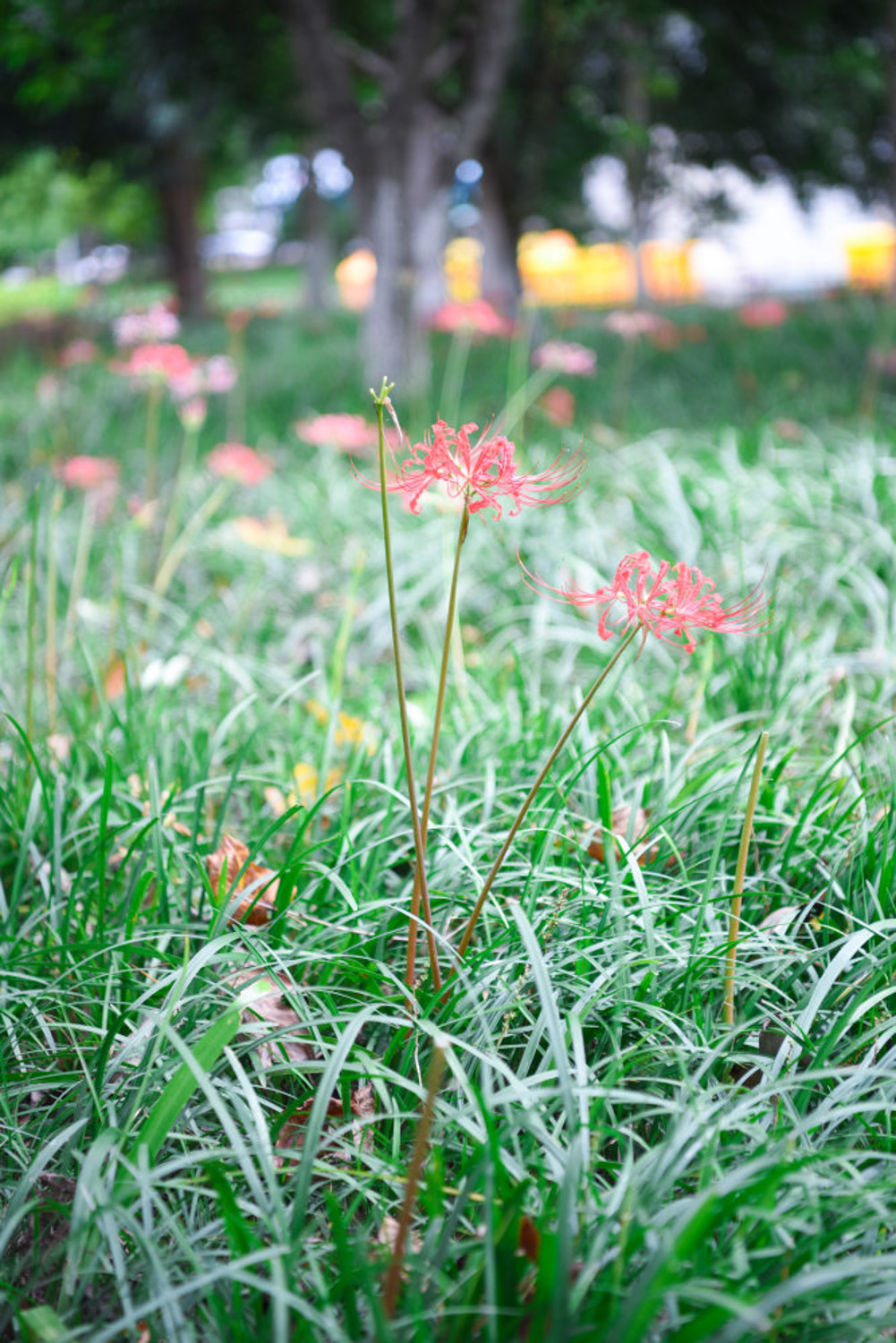

 how many times do yo...
how many times do yo... how many planted tre...
how many planted tre... how many pine trees ...
how many pine trees ... how many pecan trees...
how many pecan trees... how many plants comp...
how many plants comp... how many plants can ...
how many plants can ... how many plants and ...
how many plants and ... how many pepper plan...
how many pepper plan...